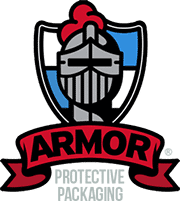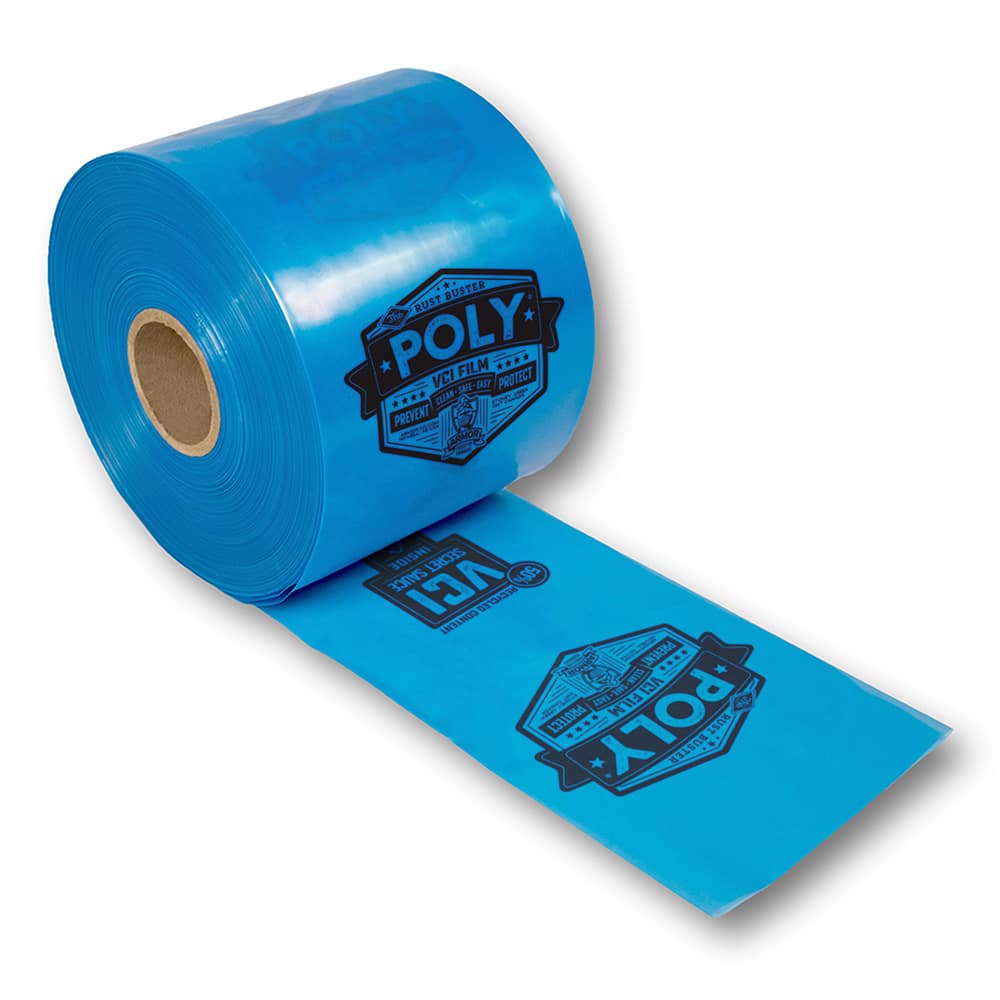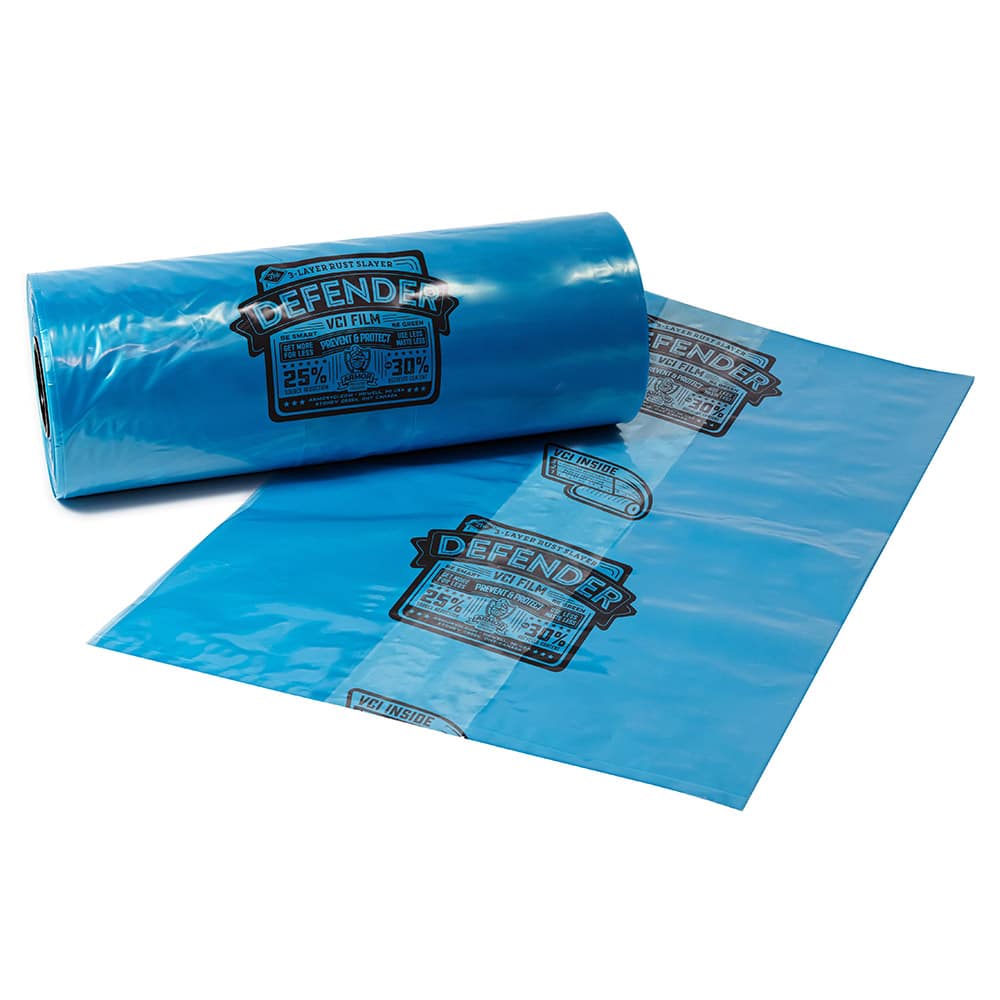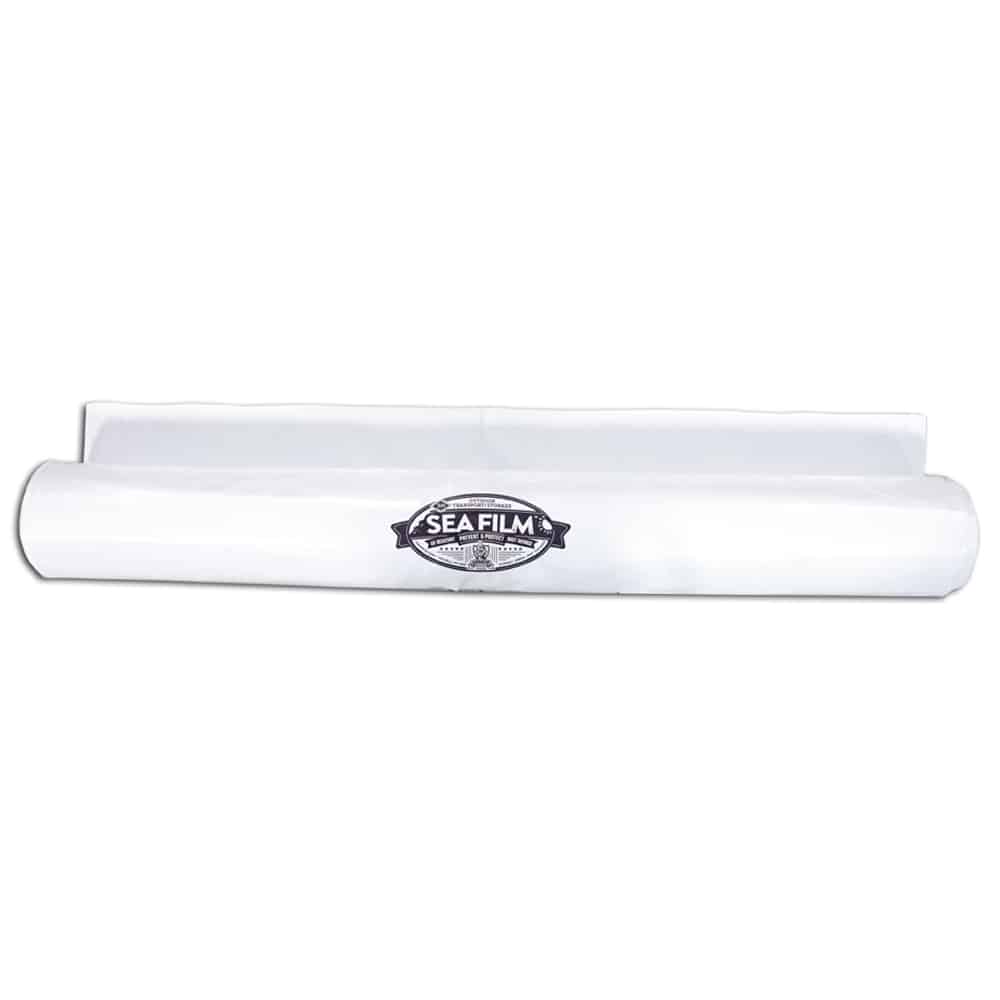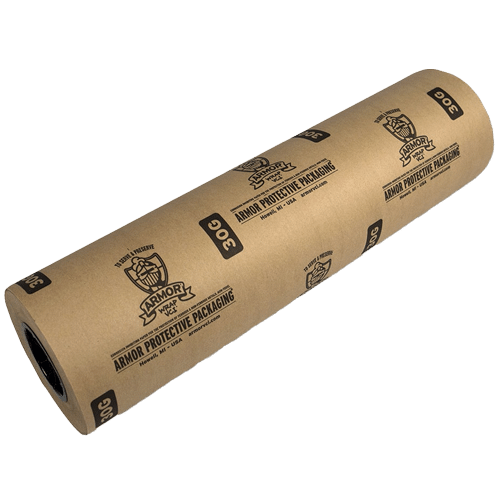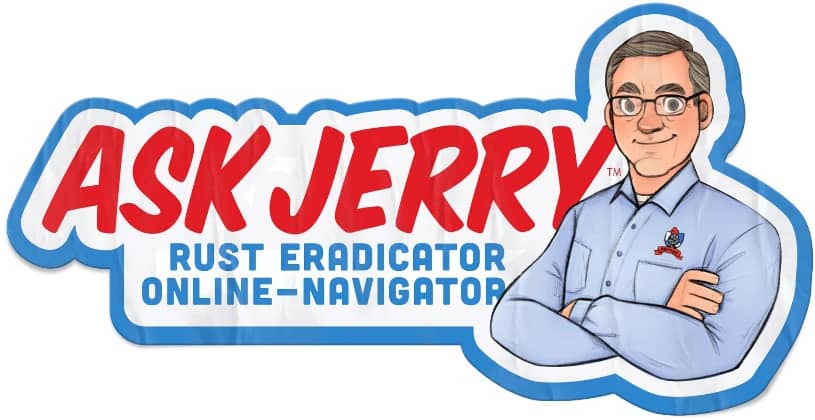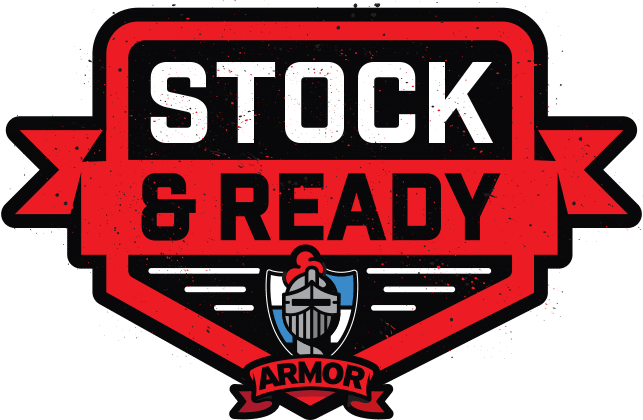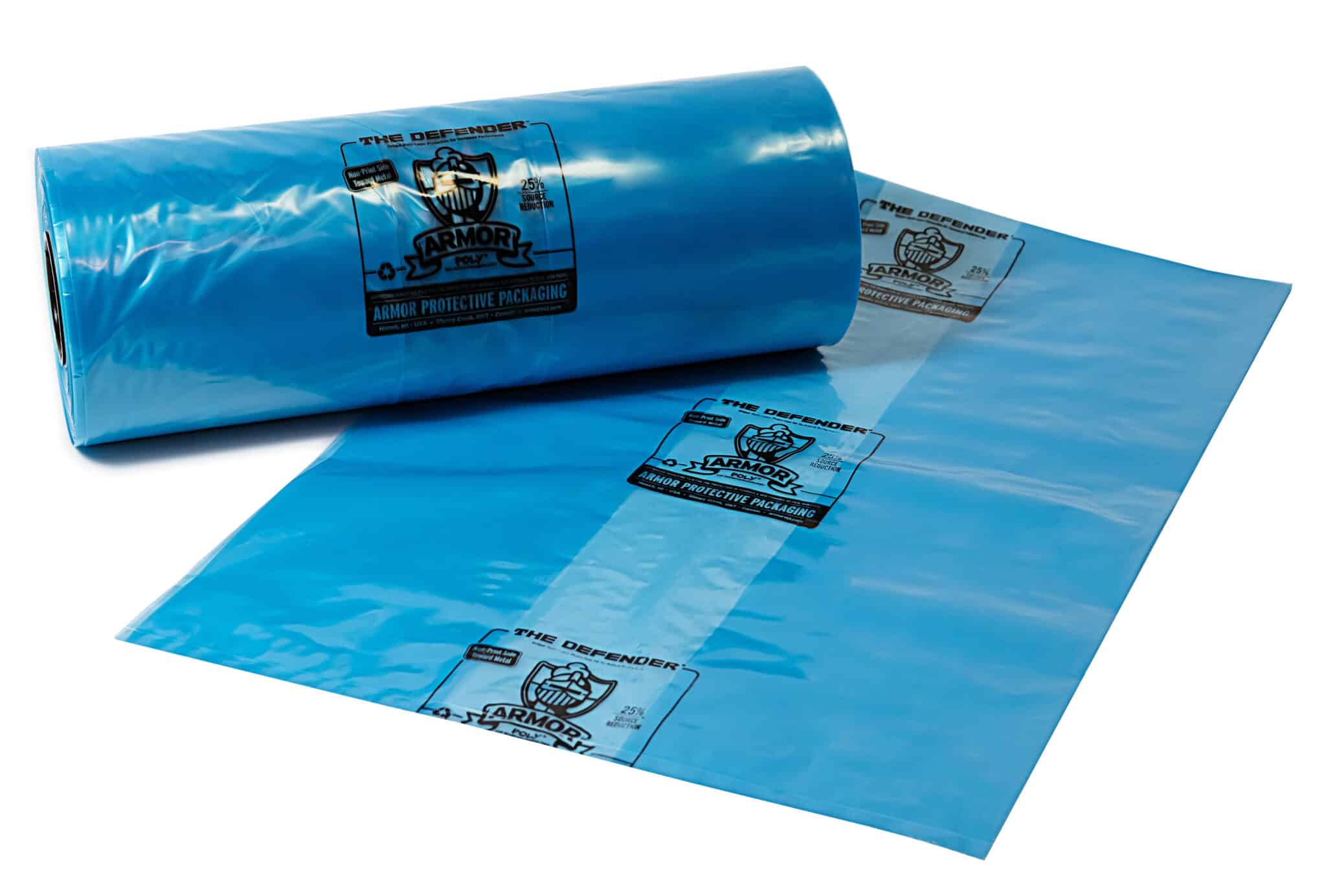The first official day of summer for those living in the Northern Hemisphere is June 21st and with it comes conditions that can be a breeding ground for corrosion. There is more truth to the expression “it’s not the heat, it’s the humidity” than just making small talk about the weather. High outdoor temperatures and humidity – the amount of moisture in the air – are corrosion’s “deadly duo” and if left unchecked they can quickly leave a trail of destruction of damaged, rusted metal and metal parts.
In simple terms, rust results when metal is exposed to oxygen and water causing it to corrode. According to the National Weather Service, warm air can possess more moisture than cold air, which offers an easy explanation as to why as temperature and humidity rise, so does the rate of corrosion. Let’s look further at how these two factors impact metal and corrosion.
Temperature: It Can Cause a “Hot Mess”
Temperature can have a significant impact on the rate of corrosion. Heat speeds up chemical reactions, including those between oxygen, water, and metal, causing metal to rust more quickly.
In the world of corrosion science, there is a general guideline called the “10-degree rule” or, the “Arrhenius rule” which says that the corrosion rate of a metal will approximately double for every 10°C increase in temperature. It originates from the Arrhenius equation, a formula that describes the relationship between temperature and the rate of chemical reactions.
According to the Arrhenius equation, as temperature increases, the rate of a chemical reaction (such as corrosion) also increases. If metal is exposed to high temperatures, it can corrode more quickly because the higher temperature provides more energy for the corrosion reaction to occur. While it is not an exact science, this “10-degree rule” can be a valuable tool for estimating the effect of temperature on corrosion rates.
Humidity: The Air-You-Can-Wear
Relative humidity is a measure of how much moisture is in the air compared to how much moisture the air can hold at a given temperature. This relative humidity is a key factor in corrosion because most metals rust and corrode more quickly in hot and sticky conditions. When relative humidity is high, it means the air is holding a lot of moisture, and that moisture can collect on metal surfaces accelerating rust and corrosion.
For significant corrosion to occur, the critical level of relative humidity is 60%. When the relative humidity is above this level, it’s as if metal/metal parts are in a sauna, and the warm, humid environment is likely to cause corrosion rates to soar.
Rust Prevention Is “No Sweat” With VCI
Take action to protect your metal parts, components, machinery, and equipment from Mother Nature’s steam bath and the corrosion that results. One option that offers clean, dry rust prevention is VCI (vapor corrosion inhibitors), a class of chemical compounds that emit rust-inhibiting vapors into an enclosed air space. When VCI is combined with materials like Kraft paper or polyethylene film, the result is easy-to-use rust-prevention packaging that keeps metals clean and corrosion-free, even in summer’s hot and humid conditions.
Common rust prevention methods like paints, oils, and grease, provide a physical barrier to the surface of metal. But, rust prevention using a barrier coating comes at a cost as it requires a time-consuming and labor-intensive application (and some require removal) – it can also be quite costly.
VCI is different, instead of providing a physical barrier, it works on a molecular level to prevent rust. Application is as simple as wrapping or enclosing metal parts in VCI paper or VCI film. The VCI emits rust-inhibiting vapors into the packaging to form a protective shield on the surface of the metal, and it’s only a few molecules thick. This VCI shield of protection displaces moisture and other corrosion-causing contaminants to keep metal clean and rust-free.
In addition, VCI is nearly undetectable; it does not change the look, weight, or feel of metal parts; it does not compromise metal surface coatings or treatments and it leaves metal parts ready for immediate use without cleaning or degreasing.
Shop Products
ARMOR VCI: Works Well Under Pressure
VCI, such as ARMOR VCI Nanotechnology™, relies on vapor pressure to volatize, or release its special vapors from the packaging material into the enclosed area surrounding metal parts. What makes ARMOR VCI so uniquely matched for the demands of summer rust prevention is its ability to “self-adjust” the concentration level of VCI in the packaging environment in response to increasing temperature and moisture levels.
Using years of research, development, and field experience, Armor Protective Packaging® developed its proprietary VCI formulation to include mixed inhibitor technology, which provides a range of vapor pressures. This allows ARMOR VCI to respond and adjust to temperature and humidity fluctuations, increasing and decreasing as needed. As temperature and humidity rise, the vapor pressure of ARMOR VCI increases as well, resulting in the release of additional VCI vapors to protect the metal surface. The opposite is also true; as temperature and humidity decrease, the vapor pressure of ARMOR VCI also decreases.
Don’t sweat your rust prevention this summer. Armor Protective Packaging and its team of “Eradicators of Rust” have more than 40 years of experience in producing rust prevention and removal products that are designed to protect metal/metal parts from corrosion while they are in process, in storage, or in transport. All ARMOR VCI rust-prevention products are clean, safe, easy to use, and effective – come rain or shine!
